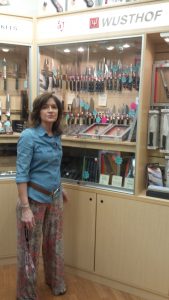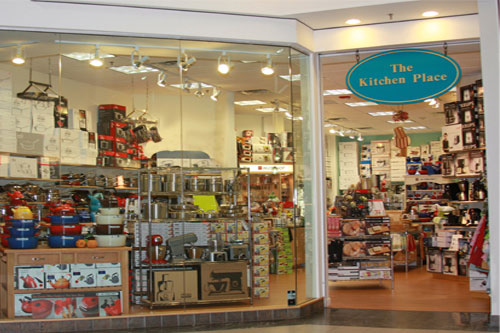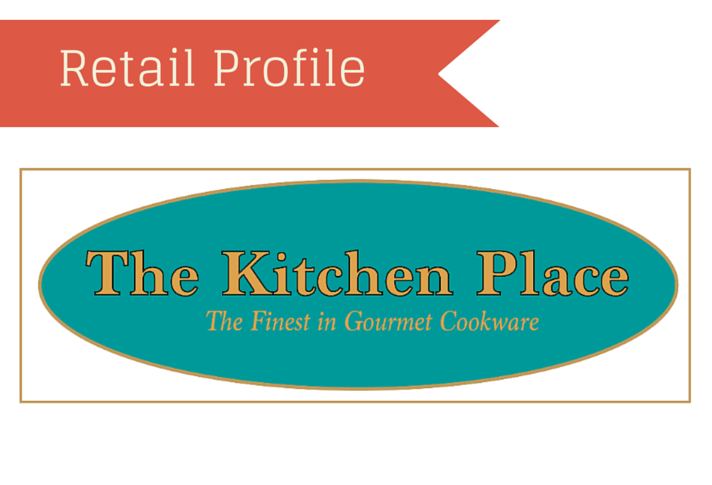Retailer: The Kitchen Place
Locations: Marlborough, Mass.; Salem, N.H.
Owner: Pamela Sullivan
Founded: 1987
Square footage: Marlborough–1700 sq. ft.; Salem–1,900 sq. ft.

The first thing a customer notices about The Kitchen Place is a proud sign posted at the front of each of the two stores: “We are a locally owned business” it starts, noting that the stores have been around for the past 29 years. “Shop local” is the message, says owner Pamela Sullivan, who is out to protect her home turf against much larger competitors. “Not one penny goes back into the community if a customer buys product on Amazon,” she says.
And Sullivan means it, saying that she invests in her employees to create a better experience for her shoppers. Several of the women on her sales staff have been with The Kitchen Place team for more than 20 years, which according to Sullivan gives customers an added value experience.
“We have great customer service,” she says. “My staff is knowledgeable. They know what they have and what works for the customer. They can explain why a newer product might be better than replacing an old product that someone has had forever, and that’s not easy to do and not the sort of customer service you can find on Amazon.”
Gauntlet thrown, but the rise of the online retailer isn’t the only challenge Sullivan has faced tending her retail business for nearly three decades. She is also sadly waving goodbye to the free-spending baby boomers while figuring out how best to capture the attention of the more tight-fisted Millennial crowd. Though she loves Generation X, “They have disposable income,” but “there are just not enough of them.”
“My customer has changed over the years,” Sullivan says. “We’ve all catered to the Baby Boomers, but they are downsizing and they bought quality. The Wusthof knives and Le Creuset pans don’t need to be replaced.”
Millennials are different. “They don’t have the disposable income, and even if they did they wouldn’t spend the money on products,” she says. “All-Clad has slowed down so much for us because of the higher price point.”

She adds that a French-made Cuisinart line has proven a successful seller to that age group, because “it is high-quality, but 30 percent cheaper,” than top-of-the-line cookware. And after years of very cautious color choices by Baby Boomer shoppers, Sullivan is finding that Millennials embrace color. “If it is a low enough price point, Millennials love color,” she says. “Red is number one, but blues are getting stronger. And graphite is in. Pretty much anything other than stainless steel, or black and white.”
How do you convince an entire customer group that Sullivan describes as “born into the internet” to shop locally at a brick and mortar store? It goes back to the many years of customer service her employees bring to their jobs. “I let my staff know that it is important to explain things, to explain the difference between a stamped and forged knife,” she says. “That the cookware made in France is not the same cookware of the same brand name made in China.”
She also works her stores, trying to be at each store two to three days a week at a minimum. “I am out there and I talk to customers and I listen to what they are saying,” Sullivan says. “We are always trying new things. Some work, some don’t. A lot of the business of having a successful store is to add a little of this and a little of that.”



